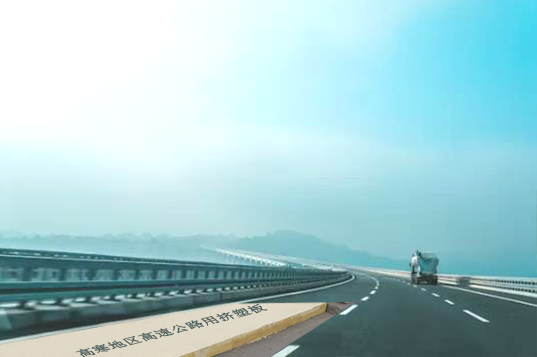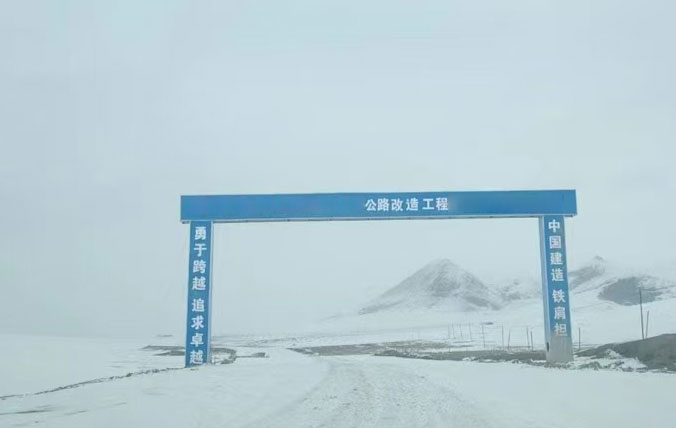Long-term commitment to the R & D and manufacturing of extruded board insulation materials, a new service platform
Production workshop feeding volume per hour 2 tons, daily output 1000 cubic meters

Extruded panels for highways: A full-dimensional analysis from technical characteristics to engineering applications
1. Material definition and core functions
Extruded board for highways is a closed-cell rigid foam made of polystyrene resin as raw material and extruded. Its core functions include:
Thermal insulation: Block heat exchange between the roadbed and the outside world to prevent frost heaving or high temperature deformation
Bearing and compression resistance: withstand vehicle loads and subgrade stress to avoid road settlement
Waterproof and moisture-proof: Closed pore structures isolate moisture penetration and protect subgrade stability
Weathering and aging resistance: Adapt to the highway's 20-30-year service week
3. Typical application scenarios and construction points
(1) Roadbed insulation and settlement prevention
Application location: filling and excavation junction section, soft soil subgrade, high fill section
Technical solution:
Lay 50-80mm thick X300 extruded board and cover it with geotextile insulation layers above and below
The board joints are sealed with special adhesive to prevent cold air from penetrating.
Case: The Changchun section of Beijing-Harbin Expressway uses 60mm thick X300 plates, which reduces the subgrade settlement in frozen soil areas by 70%
(2) Insulation of bridge deck and tunnel
Application site: Under the bridge pavement, tunnel vault and side walls
Technical solution:
B1 grade extruded board (such as X300/B1) must be used in the tunnel with an aluminum foil reflective layer on the surface
The bridge deck is paved with X350 plates with a thickness of 30-50mm and combined with waterproofing membranes to form a combined system
Case: The bridge deck of the Hangzhou Bay Cross-Sea Bridge uses 40mm thick X350/B1 plates, which have been in service for 10 years without cracking and leakage.
4. Construction precautions
Base treatment: The subgrade surface flatness error is ≤5mm/2m to prevent local compression and damage of the plate
Board seam treatment: staggered seam splicing, seam width ≤2mm, and filled with polyurethane sealant
Construction of protective layer: A protective layer of C20 fine aggregate concrete ≥50mm thick must be laid above the extruded board to prevent ultraviolet aging
Seasonal restrictions: Construction in cold areas needs to be carried out at temperatures ≥10℃ to avoid freezing failure of adhesives
V. Summary
Extruded panels for expressways solve engineering problems such as subgrade frost heaving, bridge deck settlement, and tunnel fire prevention through the three core characteristics of high strength, low thermal conductivity, and weather resistance. When selecting models, specifications need to be comprehensively determined based on the climate of the section (such as temperature and humidity), traffic load (proportion of trucks), and structural parts (subgrade/bridge deck/tunnel). At the same time, transportation industry standards must be strictly adhered to ensure a service life of more than 20 years.
1. Material definition and core functions
Extruded board for highways is a closed-cell rigid foam made of polystyrene resin as raw material and extruded. Its core functions include:
Thermal insulation: Block heat exchange between the roadbed and the outside world to prevent frost heaving or high temperature deformation
Bearing and compression resistance: withstand vehicle loads and subgrade stress to avoid road settlement
Waterproof and moisture-proof: Closed pore structures isolate moisture penetration and protect subgrade stability
Weathering and aging resistance: Adapt to the highway's 20-30-year service week
3. Typical application scenarios and construction points
(1) Roadbed insulation and settlement prevention
Application location: filling and excavation junction section, soft soil subgrade, high fill section
Technical solution:
Lay 50-80mm thick X300 extruded board and cover it with geotextile insulation layers above and below
The board joints are sealed with special adhesive to prevent cold air from penetrating.
Case: The Changchun section of Beijing-Harbin Expressway uses 60mm thick X300 plates, which reduces the subgrade settlement in frozen soil areas by 70%
(2) Insulation of bridge deck and tunnel
Application site: Under the bridge pavement, tunnel vault and side walls
Technical solution:
B1 grade extruded board (such as X300/B1) must be used in the tunnel with an aluminum foil reflective layer on the surface
The bridge deck is paved with X350 plates with a thickness of 30-50mm and combined with waterproofing membranes to form a combined system
Case: The bridge deck of the Hangzhou Bay Cross-Sea Bridge uses 40mm thick X350/B1 plates, which have been in service for 10 years without cracking and leakage.
4. Construction precautions
Base treatment: The subgrade surface flatness error is ≤5mm/2m to prevent local compression and damage of the plate
Board seam treatment: staggered seam splicing, seam width ≤2mm, and filled with polyurethane sealant
Construction of protective layer: A protective layer of C20 fine aggregate concrete ≥50mm thick must be laid above the extruded board to prevent ultraviolet aging
Seasonal restrictions: Construction in cold areas needs to be carried out at temperatures ≥10℃ to avoid freezing failure of adhesives
V. Summary
Extruded panels for expressways solve engineering problems such as subgrade frost heaving, bridge deck settlement, and tunnel fire prevention through the three core characteristics of high strength, low thermal conductivity, and weather resistance. When selecting models, specifications need to be comprehensively determined based on the climate of the section (such as temperature and humidity), traffic load (proportion of trucks), and structural parts (subgrade/bridge deck/tunnel). At the same time, transportation industry standards must be strictly adhered to ensure a service life of more than 20 years.